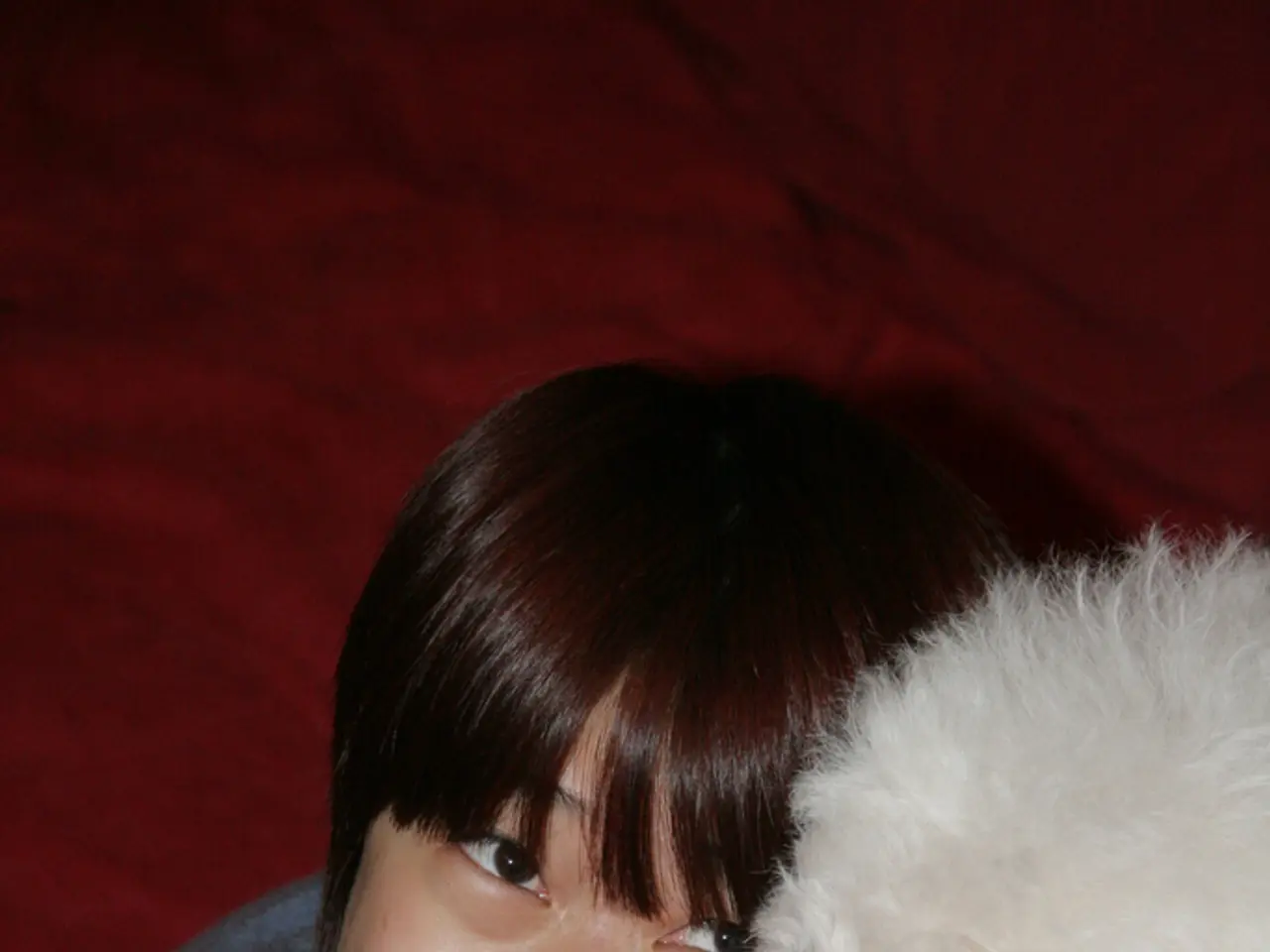Sharing endearing pet photographs is encouraged by the scientific community due to potential benefits, as outlined below.
In the digital age, sharing adorable animal pictures or videos on social media might seem like a casual act, but a new study led by Professor Ghalia Shamayleh, an assistant professor in the Marketing Department at ESSEC Business School, suggests that this behaviour, known as 'pebbling', is far more significant than it appears.
The study observes a similarity between humans interacting on social media and the mating ritual of Gentoo penguins, who present pebbles to their desired mates. In the same vein, people carefully select animal content to share based on shared experiences and personal knowledge of the recipients. For instance, sending a video of baby pandas struggling to stand up with a humorous comment referencing a shared experience like a first yoga class can evoke memories and inside jokes, deepening connections.
This form of sharing acts as a digital social lubricant that strengthens human bonds. Animals, with their universal appeal, naturally bring people together in real life by eliciting positive emotions. Online, this effect is even stronger, as sharing cute animal media helps reaffirm and deepen connections between people by creating moments of shared joy and recognition.
Context clues embedded in the shared content shape how recipients react. Elements such as the choice of animal, the accompanying music, or captions help tailor the message to the recipient’s preferences and tastes, enhancing the personal meaning of the share.
By thoughtfully choosing animal content that resonates with the receiver, senders show they have paid attention to their loved ones’ interests and shared histories, effectively saying, "This made me think of you and our relationship". This act is a way to express care and signal the closeness of the relationship.
Prof. Shamayleh specializes in socio-cultural consumer phenomena through in-depth interviews and observations. For the study, she and her research partner monitored pet-based media accounts and interviewed content creators and fans. The findings highlight how digital interactions centered on animals can positively influence interpersonal and interspecies relationships by creating meaningful social connections in online spaces.
In conclusion, Prof. Shamayleh’s research reveals that sharing adorable animal content on social media is far from trivial; it is a nuanced, deliberate behavior that helps people bond, communicate affection, and reinforce personal ties. So, the next time you share a cute cat video or a heartwarming dog story, remember that you might be doing more than just sharing a moment of joy - you could be strengthening a bond and communicating care to a loved one.
[1] Example of shared experience and inside joke [2] Source for key findings [3] Example of shared experience and inside joke [4] Source for the effect of animals bringing people together online [5] Source for the study's methodology and findings
- This shared experience of watching baby pandas struggle to stand up, coupled with a humorous comment about a first yoga class, references a personal history and strengthens connections, much like the pebbling behavior observed in the study led by Professor Ghalia Shamayleh.
- The key findings of Prof. Shamayleh's study were published in the Journal of Consumer Behavior.
- Sending a video of an animal fitness routine accompanied by a witty comment about a challenging workout regime can elicit laughter and create a shared inside joke, reaffirming close relationships, as highlighted in Prof. Shamayleh's research.
- The study observes that animals, especially those in fitness and exercise contexts, elicit positive emotions online, bringing people together and creating moments of shared joy and recognition more effectively than they do in physical settings.
- In-depth interviews and observations, as well as monitoring pet-based media accounts, were utilized by Prof. Shamayleh and her research partner to gather data and uncover insights into the impact of digital interactions centered on animals on interpersonal and interspecies relationships in online spaces.




